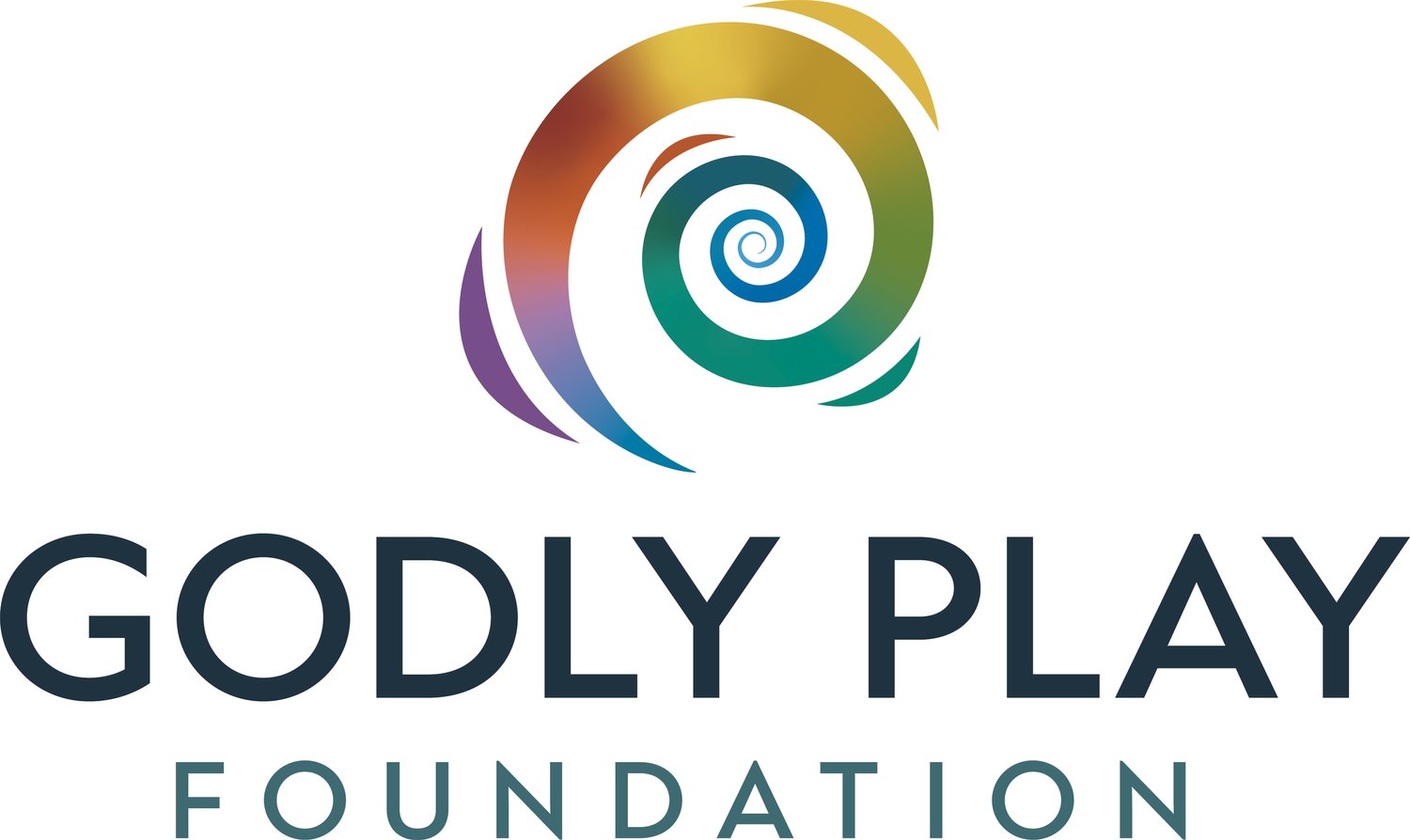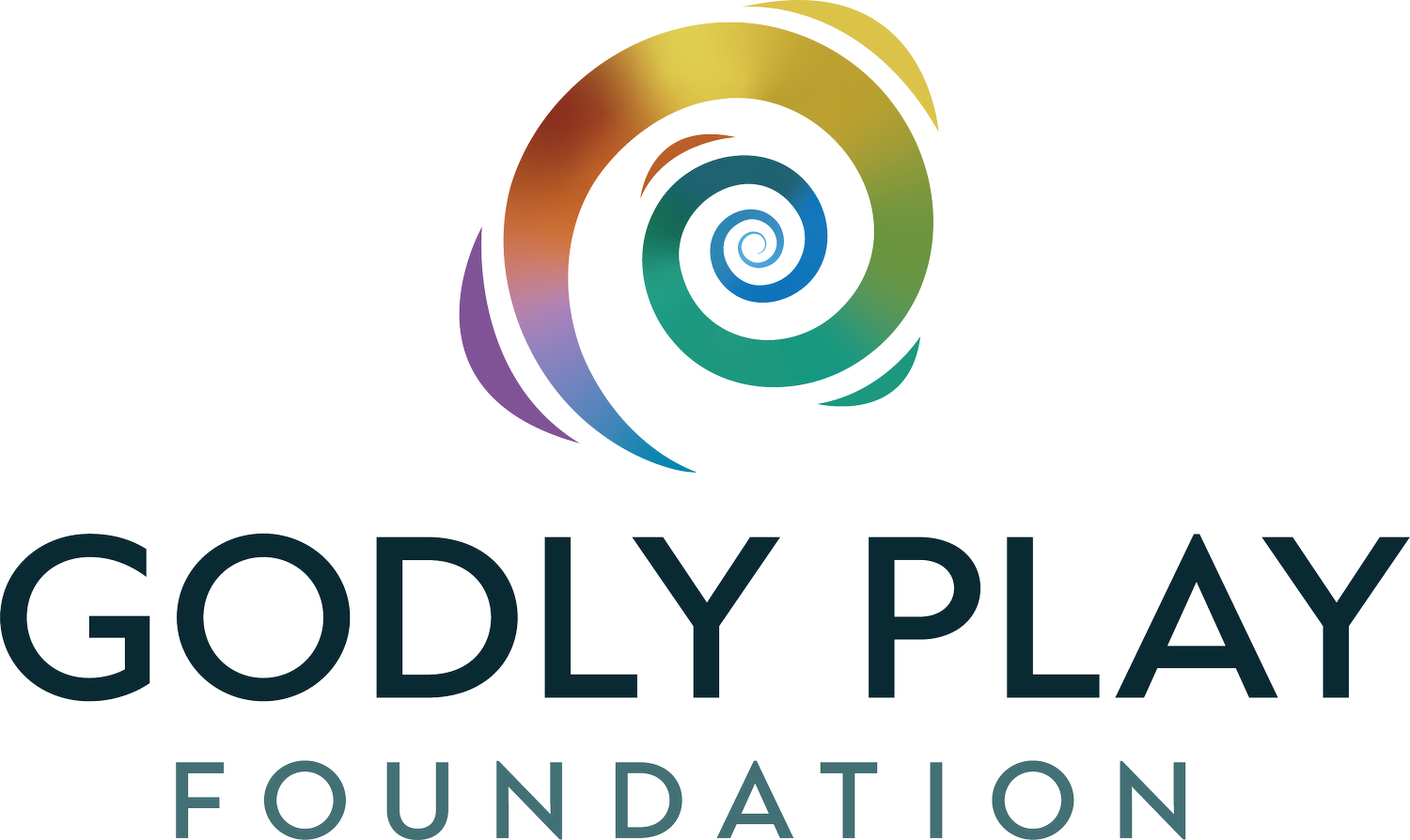Curriculum Updates and Revisions in the Expanded 2nd Edition of Volume 6
Our curriculum updates, illustration revisions, materials, and new stories continue with the revised and expanded second edition to The Complete Guide to Godly Play, Volume 6!
QUICK GUIDE: 2020 CURRICULUM UPDATES - VOLUME 6
For a quick gude to the 2019-20 updates in Volume 6, please see our one page handout noting the changes you will find detailed in the revised and expanded second edition.
We suggest that every Godly Play teacher receive a copy and that you leave an additional copy in your Godly Play rooms.
Summary of Volume 6 Revision (1)
REVISED AND EXPANDED SECOND EDITION OF VOLUME 6
Volume 6 of The Complete Guide to Godly Play was first published in 2006. It included fifteen enrichment presentations for Godly Play mentors and children. Now, fourteen years later, we are pleased to present Volume 6, revised and expanded. Please note, these revisions were tested by Godly Play Trainers around the Globe! In addition to revising the fifteen original lessons, we have included two new lessons: The Psalms, and The Story of Queen Esther.
Summary of Changes
The first thing of note is that these stories are no longer called “Enrichment Lessons.” When Volume 8 of The Complete Guide to Godly Play was published, the nomenclature for the stories shifted. These stories are now referred to Extension Lessons as they extend (add new information) the narrative in the Core Lessons. We still have Enrichment Lessons are part of the curriculum, but those lessons usually go over much of the same material in the Core Lesson, just from a different angle or in a more detailed way.
All of the stories were revised to correct any errors, and to make the stories more open to all developmental stages. Our mantra as we worked was, “What is the core metaphor in this person’s story?” which helped us to “essentialize” the language, removing details that did not really further the narrative.
We worked to improve the materials, as well, so they did a better job of supporting the telling of the story. For those of you who own a set of the original lessons, Godly Play Resources is making it easy to update your set with a grouping that includes all of the individual objects that are new, plus the two new stories we wrote for the revision (The Story of Esther and The Psalms).
One important change is that whenever People of God are used in these lessons, we recommend taking the basket from the top shelf in the room and using those people in the lessons. This will help keep these Extension lessons connected to the Core lesson they extend. Even when a character in the story is a baby, we use one of the People of God from the top shelf. Sometimes the children laugh and say, “That child is as big as its mother!” Please smile when that happens, and then say with seriousness, “We use this person to show that the baby was one of the People of God.”
Finally, in each of these extension lessons, we also added some suggestions for how to connect them both to the Holy Bible in the room, and to the Core lesson they extend.
SIGNIFICANT REVISIONS IN VOLUME 6 - Changes to Individual Lessons
Lesson One – Second Creation:
The revision of this lesson captures more of the biblical language of the story, including using the biblical names for the two trees in the Garden of Eden: The Tree of Knowledge and The Tree of Life. To show the difference between the two trees, the fruit on the Tree of Life was revised to look more like stars than fruit. We have also removed the hollow apple containing the differences from this presentation, since laying out the differences created problems, and the apple part of the story is not biblical, but more tradition. If you own this story, we recommend placing the apple containing the differences below the lesson as an extension material.
Lesson Two – The Story of Abraham
Instead of placing containers of sand, stars, and dust, the storyteller is instructed to pour sand into a container (a more active motion) and scatter the stars nearby. In addition, we replaced the statue of the three strangers (used in the original) who come out of the desert to speak with Abraham with a traditional icon of those figures, the Andrei Rublev icon called “The Hospitality of Abraham.”
Lesson Three – The Story of Sarah
We replaced the baby blankets used in the original lesson with baskets, that are first empty as Sarah and then Hagar wait for the birth of their sons, and are later filled with the new babies at their birth. We also replaced the sack of grain used at the end of the lesson as Hagar and Ishmael are sent out with the more positive image of the well of water God provides.
Lesson Four – The Story of Jacob
This lesson now includes an image of Jacob wrestling with a stranger (which is part of the lesson and serves as the story icon for the lesson), as opposed to an angel. The angel is not biblical but instead has become part of the tradition around this story. We also replaced the “fake fur” used when talking about how Jacob tricked his father into giving him the blessing that was meant for Esau with a material that does not shed as much.
Lesson Five – The Story of Joseph
Instead of a plastic container of coins for when Joseph is sold, the storyteller pours some coins out of a leather pouch.
Lesson Six – The Story of Moses
There is a new basket for baby Moses, and we recommend using one of the People of God for the baby.
Lesson Seven – The Story of Ruth
This orientation of the lesson was fixed to match the geography of that part of the world. In addition, with the recommendation to take the people in these lessons from the basket of People of God from the top shelf in your room, we had to decide what to do about Ruth and Orpah who were from a different land. We made the decision to place two figures in a separate basket (part of the lesson) to show they were different. At the end of the lesson when it is time put the materials away, the storyteller asks the children, “Where should I put Ruth?”
Lesson Eight – The Story of Samuel
We included an empty basket to represent Hannah’s longing for a child, which gets filled with a person when Samuel is born. We added some objects to help illustrate Samuel’s work as a priest and a judge – an altar of incense and the summary of law (from The Ten Best Ways, “The Complete Guide to Godly Play,” Volume 2). We took out two of the coats that were in the original, that were symbolic of Hannah’s continuing care for Samuel, opting instead just to put one coat down on the underlay.
Lesson Nine – The Story of David
We added an image of Bethlehem to the first part of the lesson (where David lived as a boy), because at the end of the lesson you put down an image of Jerusalem, and we wanted to show how important both cities were to the story. We updated the image of Jerusalem with some original art.
Lesson Eleven – The Story of the Prophet Isaiah
We replaced the “wooden” grapes in the first section of the story with more realistic looking, plastic grapes. We changed the color of the straight piece of felt (the “road in the desert” 2nd Isaiah speaks of) so that it stands out better on the dark brown underlay. We also replaced the rock used to talk about how the stories are like “statues cut from a stone” with something larger to keep the items more in proportion. We replaced the white statue of a mother with her children from the last section with a “terracotta” statue. Finally, we cleaned up the scripture quotation in the last section so that it matches what we use in the Core lessons.
Lesson Thirteen – The Prophet Ezekiel
We changed the color of the underlay from dark brown to gray to show that this story takes place during the exile, not in the promised land.
Lesson Fourteen – The Story of Daniel
This story has an image of Jerusalem on a wooden plaque that gets placed on the underlay at the end of the lesson. The storyteller is supposed to quote a large section of prophecy about the restoration of Jerusalem at this point (Jeremiah 33:6-16). To ease the burden of memorization, we wrote out the prophecy on the back of the wooden plaque.



